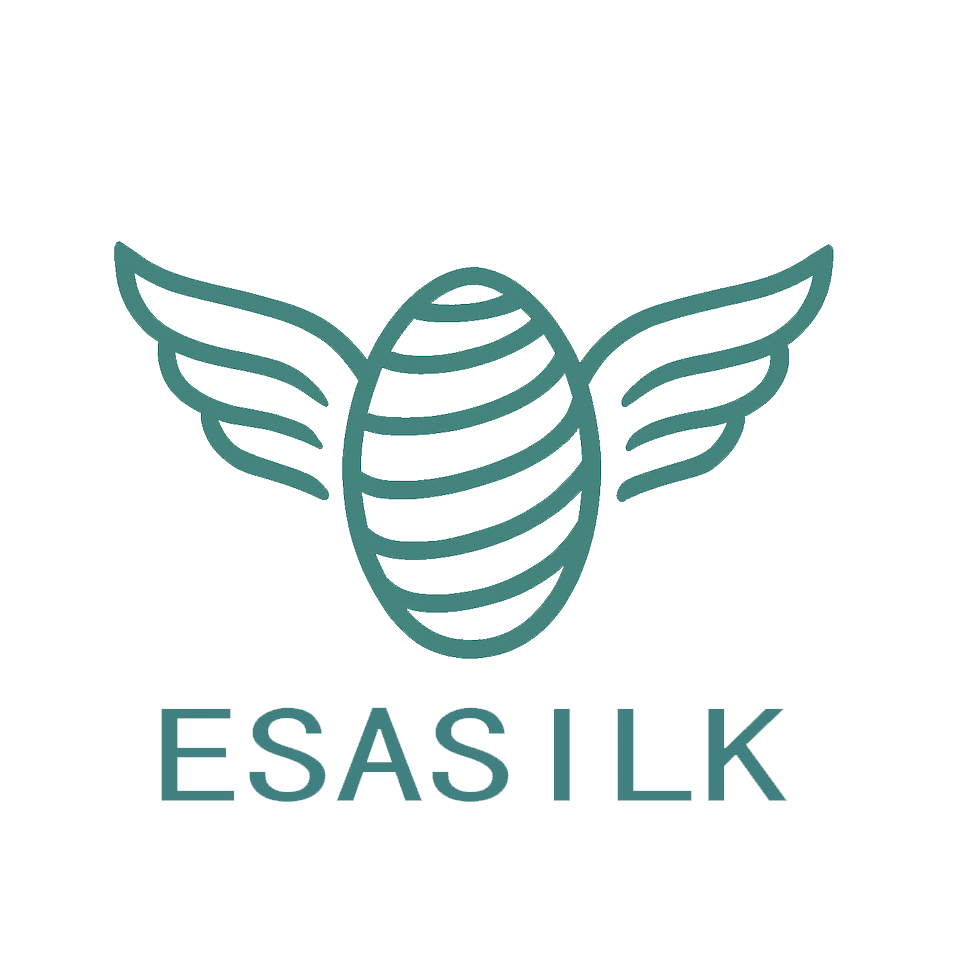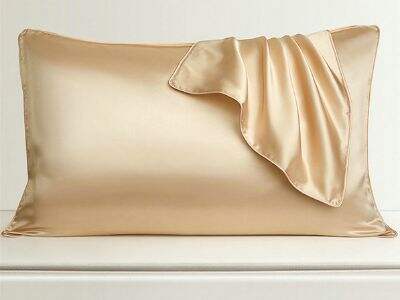How not to break the bank on Real Silk Pillowcases
There is a simple burn test you can do to confirm whether your silk sleeping bag is fake. Snip a tiny piece of the fabric from a hidden area and burn it with a lighter. If it burns down to ash and smells like burning hair, good, you have silk! If it burns into a ball, and smells of burning plastic, it is not real silk.
Another method to authenticate it is by examining the pillowcase’s seams. The seam is usually a more finer, subtle one in real silk pillowcases, while fake silk pillowcases may have jaggedy stitching or frayed threads.
Silk Pillowcases On A Budget – Expert Tips On How To Authentication
If you don’t want to spend any money (and you shouldn’t have to), then you can put your cotton silk fabric to the touch test. Real silk should be smooth, cool to the touch, and luxurious, while fake silk could feel rough or slippery. Or, give it the wrinkle test: authentic silk creases quickly, imposter silk stays true to form.
Hacks to Find out Genuine Silk Pillowcases at Home
At home, you can pass the water test to determine if your Silk pillow case is made of real silk. Natural silk is absorbent, and readily soaks up water, whereas artificial silk may refuse to absorb water. Just put a tiny drop of water on the piece – real silk instantly absorbs water; while (after a few seconds) imitation silk becomes damp.
The Definitive Guide to Testing Silk Pillowcases without Spending a Lot of Money
Aside from the burn test, touch test, seam test, wrinkle test and water test, there are also other methods to check for silk pillowcases without the expensive tests. Seamlessly integrate the excellent material composition into an article with the fabric content labeled, as real silk will often be labeled as 100% silk, or silk satin. You can also do a light test – silk is transparent, with real silk being really quite see-through, while fake silk may be more opaque.

 EN
EN
 AR
AR
 BG
BG
 HR
HR
 CS
CS
 DA
DA
 NL
NL
 FI
FI
 FR
FR
 DE
DE
 EL
EL
 IT
IT
 JA
JA
 KO
KO
 NO
NO
 PL
PL
 PT
PT
 RU
RU
 ES
ES
 SV
SV
 TL
TL
 IW
IW
 ID
ID
 LV
LV
 LT
LT
 SL
SL
 UK
UK
 VI
VI
 ET
ET
 GL
GL
 HU
HU
 TH
TH
 AF
AF
 GA
GA
 IS
IS
 LA
LA
 KK
KK
 HAW
HAW
 XH
XH

